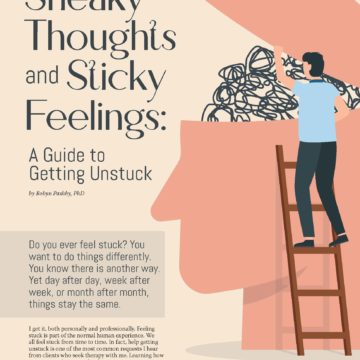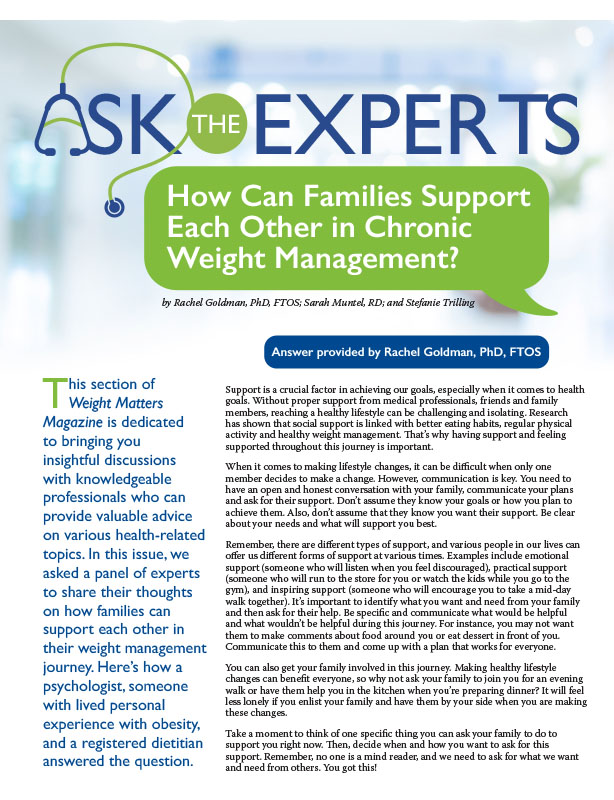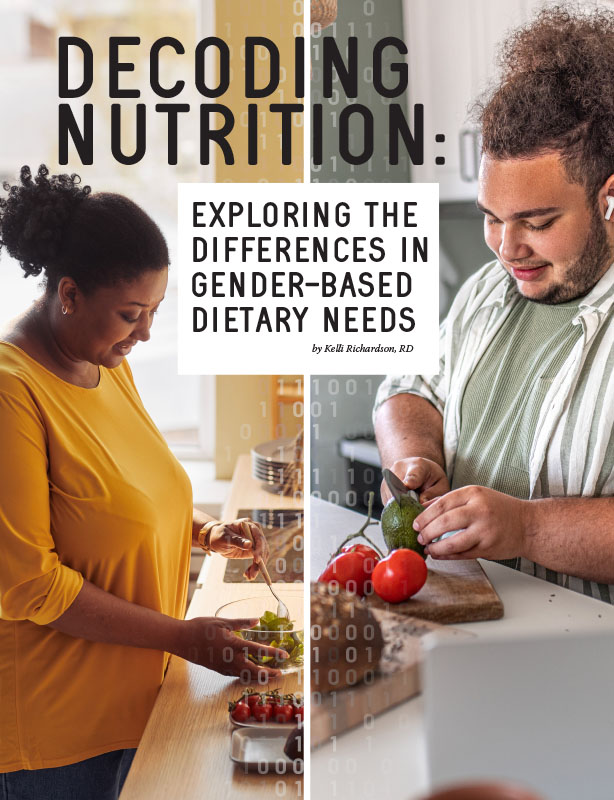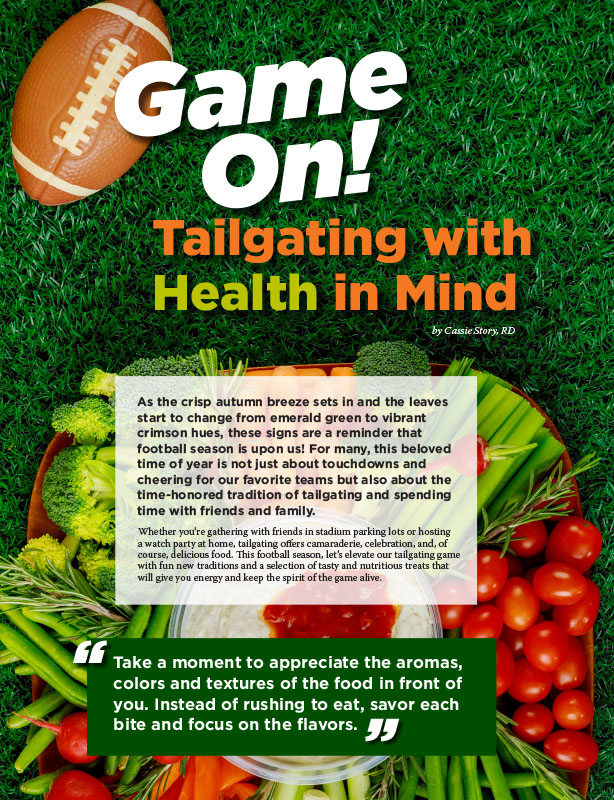The Power of Protein

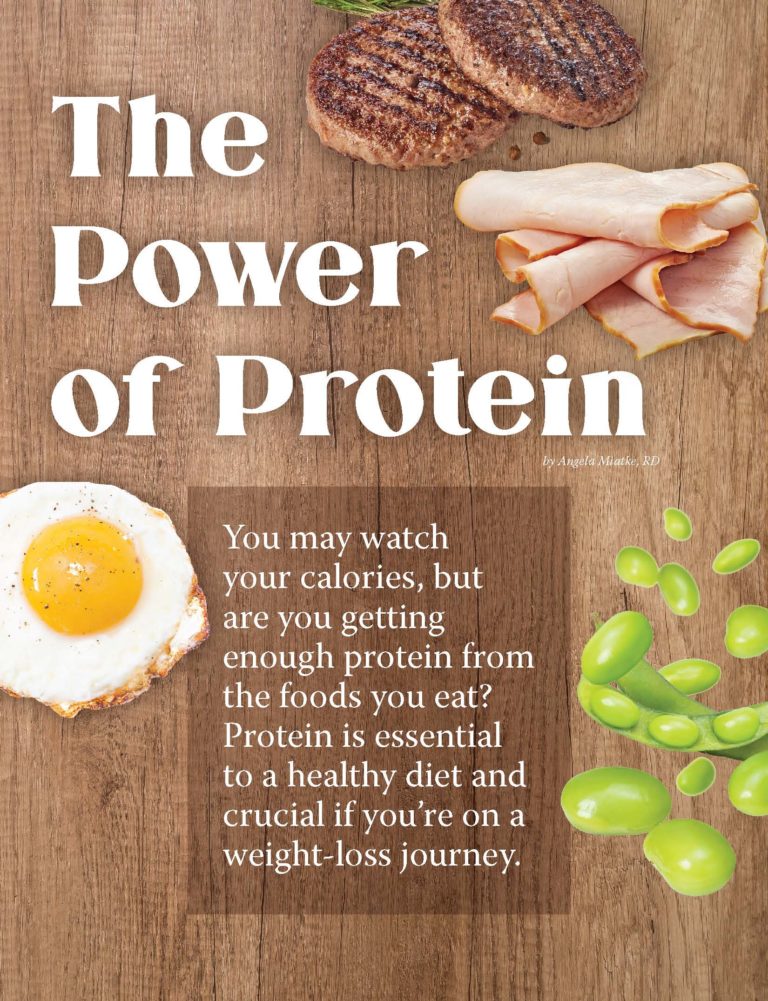
by Angela Miatke, RD
Winter 2023
You may watch your calories, but are you getting enough protein from the foods you eat? Protein is essential to a healthy diet and crucial if you’re on a weight-loss journey.
Protein:
What Does it Do and Where Can I Find it?
Comprised of amino acids, protein is one of the three primary macronutrients (protein, carbohydrates and fat) essential for any healthy diet. Protein plays a role in the creation of every cell in the human body. It’s also essential for making enzymes and hormones, and it helps transport nutrients and oxygen throughout the body. Without protein, your body may fail to grow, repair cells or function properly. Protein is a key component of thousands of processes in the body, from hormone production all the way to muscle repletion. It’s no surprise why fitness and health professionals place emphasis on this special nutrient!
Protein is found in a variety of foods ranging from both animal and plant sources such as:
- Meat
- Eggs
- Dairy products
- Seeds
- Nuts
- Legumes
Because protein is a primary nutrient, it’s important that you strive to include it in your diet every day. How much protein you need is dependent on many factors, such as your age, gender, weight, muscle composition, activity level and health status.
The daily recommended intake value for protein is 50 grams per day. However, some research supports a higher intake. If you are interested in calculating your specific needs, the U.S. Department of Agriculture (USDA) has a protein calculator to help you determine your daily recommended intake. Visit Nal.Usda.Gov/human-nutrition-and-food-safety/dri-calculator.
Complete Vs. Incomplete Proteins
When choosing protein-based foods, it’s also important to understand the quality of the protein you are consuming. Not all sources of protein are created equal.
Protein is made from 20 basic building blocks called amino acids. Nine of the 20 amino acids are considered essential and can only be obtained from your diet. Some proteins found in food contain all 20 amino acids needed to create new proteins in the body. These foods are considered “complete.” Foods that are lacking in one or more of the nine essential amino acids are considered “incomplete.”
Good sources of complete protein tend to come from animal-based foods such as meat, eggs and dairy. Plant sources of protein tend to lack one or more essential amino acids. If you are vegetarian or vegan and abstain from eating animal-based foods, it’s important to eat a variety of protein-containing plant foods each day to get all the amino acids your body needs to make new proteins. Plant sources such as chia seeds and soybeans are considered complete plant proteins.
Protein and Weight-Loss
Did you know that protein can assist you in your weight-loss efforts? A high-protein diet boosts metabolism, reduces appetite, stabilizes blood sugars and affects many of the hormones responsible for regulating appetite and weight.
Protein provides the same energy value as carbohydrates (four calories per gram) but is used and metabolized differently in the body. Although not all sources agree on the exact figures, it generally requires more calories for the body to digest protein than carbohydrates and fat, which can lead to a calorie deficit in the long run.
Protein is also known to positively impact hunger and appetite levels, which can promote weight-loss by reducing your calorie intake. Specifically, your levels of ghrelin, a hunger hormone, decrease when your protein intake is higher. This means you may not feel those hunger pains as often. Several research studies have shown that when people eat more protein, they consume fewer calories overall.
As you lose weight, protein helps preserve lean body mass, even when calories are restricted. Several studies have demonstrated that when on a restricted calorie diet, individuals who increase their protein intake tend to lose more fat mass and less muscle mass. Muscle tissue is also more effective at burning calories than fat tissue, so you can positively impact your metabolism by maintaining muscle as you lose weight.
Eating protein-rich foods can also help stabilize blood sugars, therefore minimizing blood sugar and insulin spikes. Although protein has little effect on lowering blood sugar, it can help keep your levels balanced by slowing the absorption rate of carbohydrates into the bloodstream. This is beneficial because it can help decrease fat storage.
Dressing up Protein in Your Diet
If you’re looking for some creative ways to add protein to your diet, consider the following:
- Have you tried quinoa? Quinoa is an edible seed from the flowering plant in the amaranth family. It packs in a full eight grams of protein per one-cup serving. Eat it hot or cold on salads or as a side to replace pasta or rice.
- Consider adding beans to your soups, casseroles and sauces. Try adding cannellini beans to a salad for an interesting flavor twist. Or, add black beans to a favorite crock pot chili recipe. A half-cup serving of beans provides around seven grams of protein.
- Top your food with chopped almonds. Add almonds to oatmeal, salads or Greek yogurt. A one-ounce serving contains roughly seven grams of protein.
- Try scrambled egg whites. Simply switching out egg yolks for more egg whites can increase your protein intake. Three egg whites have roughly 20 grams of protein.
- Enjoy cheese. A one-ounce serving of cheese contains seven grams of protein. Add it to sandwiches, top your favorite soup with it or have some as a snack. In moderation, cheese can be a great way to add both protein and calcium to your diet.
- Consider mixing together a high-protein dressing to use on salads, as a dip or in a spread. Greek yogurt is a great high-protein base in recipes.
- Edamame is a great addition to salads or as a snack all on its own. One cup of edamame has about 13 grams of protein!
Make Sure You Get Enough Protein
Protein is a key part of any diet. Not only does it support a healthy weight, but it supports a healthy body overall. Make sure you’re getting enough of this essential nutrient! Incorporating it into your diet doesn’t have to be boring or difficult. You can dress up protein-based foods or find easy ways to add them into a variety of tasty and healthy dishes.
About the Author:
Angie Miatke, RD, is a registered dietitian, mother of four, avid runner and foodie. She has been practicing for over 18 years, specializing in weight management and bariatrics at John Muir Medical Center in Concord, CA.
by Rachel Goldman, PhD, FTOS; Sarah Muntel, RD; and Stefanie Trilling Winter 2024 This section of Weight…
Read Articleby Kelli Richardson, RD You’ve probably heard the generic advice before: Eat your fruits and veggies. Limit…
Read Articleby Cassie Story, RD Fall 2023 As the crisp autumn breeze sets in and the leaves start…
Read Article




